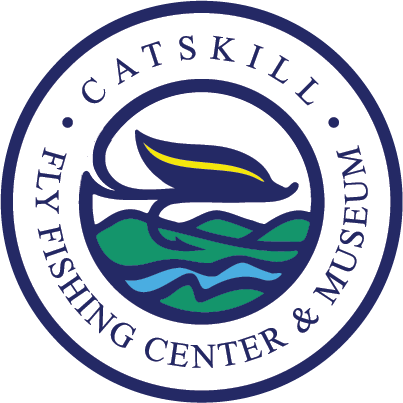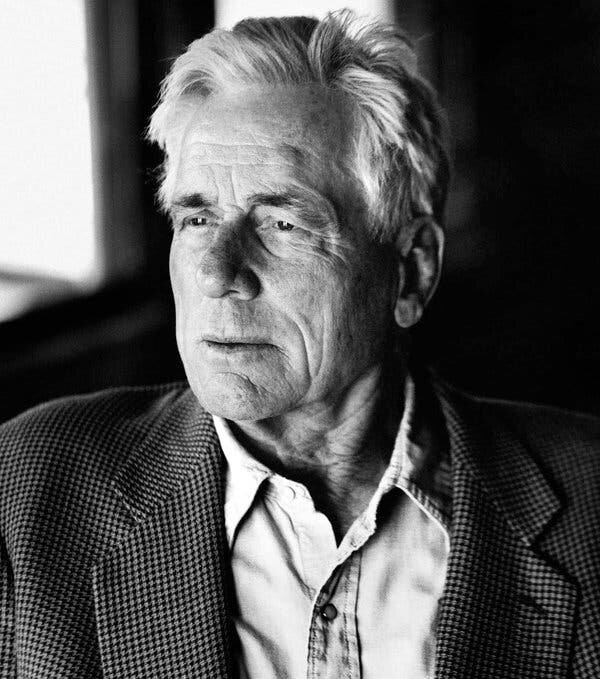Born in 1630, Cotton is being honored for his contributions to The Compleat Angler, by CFFCM Hall of Fame member Izaak Walton.
An angler in his own right, Cotton contributed "Instructions how to angle for a trout or grayling in a clear stream." His additions spanned 12 chapters on fishing clear water, mainly on fly fishing.
Another addition to The Compleat Angler was Cotton's well-known poem "The Retirement", which appeared from the 5th edition on wards.
Some of Cotton's advice is still useful, such as casting away from a fish, and using smaller, neater flies rather than large, bushy ones.
He devotes a whole chapter to collection of flies for every month of the year. His description of the stonefly still rings true today: “His body is long and pretty thick, and as broad at the tail, almost, as at the mid dle; his colour is a very fine brown, ribbed with yellow and much yellower on the belly than on the back: he has two or three little whisks also at the tag of his tail, and two little horns upon his head: his wings, when full grown, are double, and flat down upon his back, of the same colour but rather darker than his body and longer than it... “On a calm day you shall see the still-deeps continually all over circles by the fishes rising, who will gorge themselves with these flies, will they purge again out of their gills.”





















